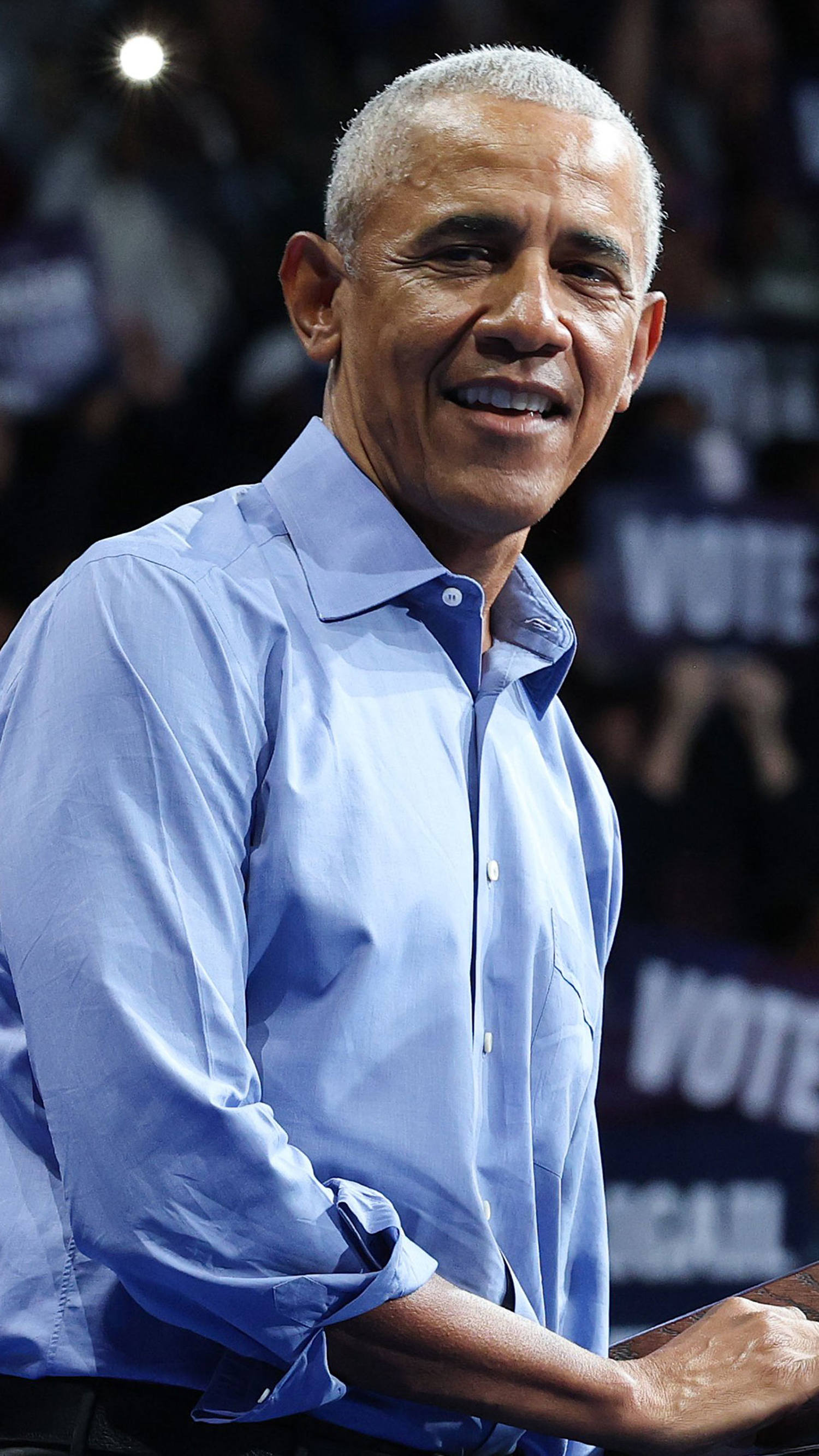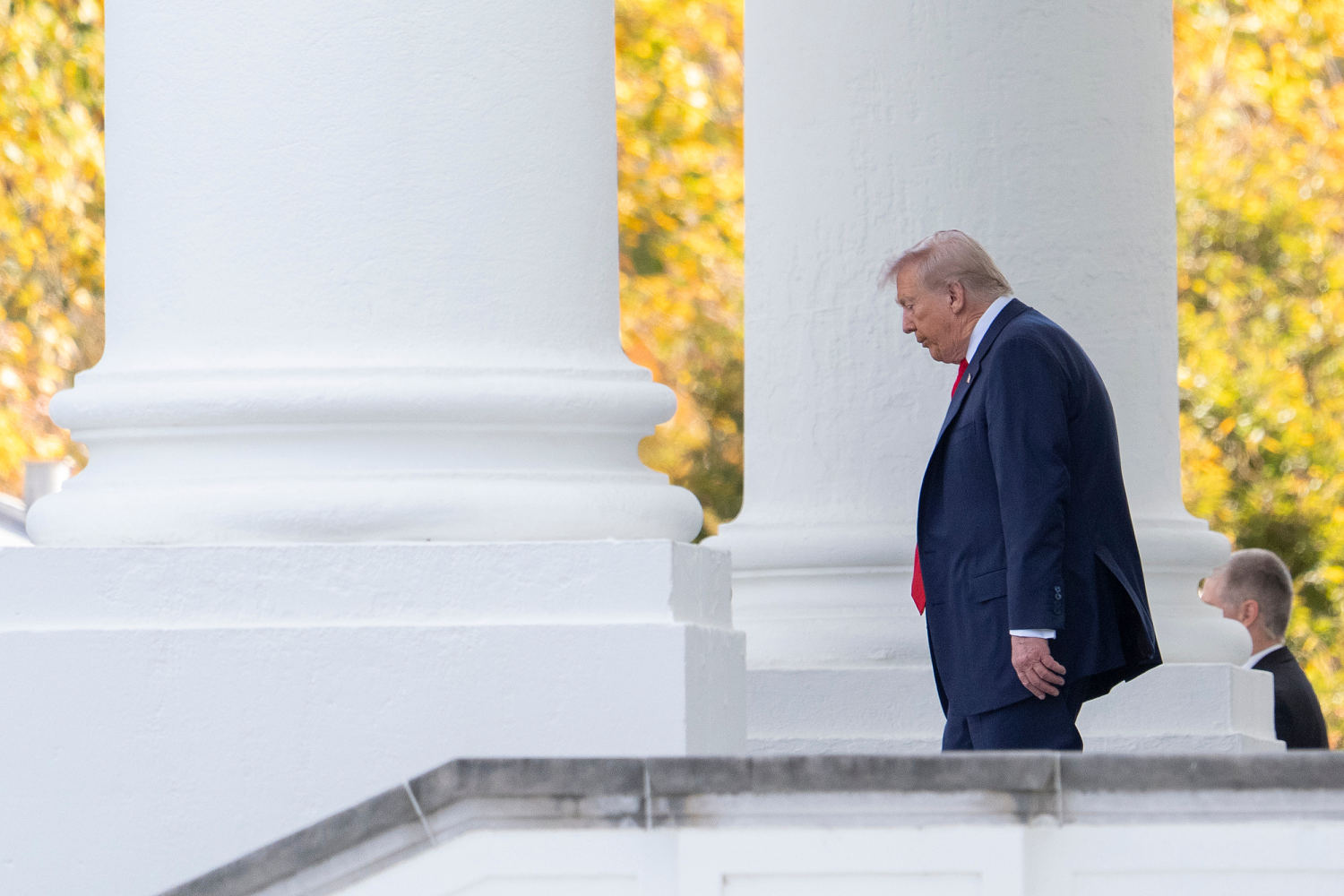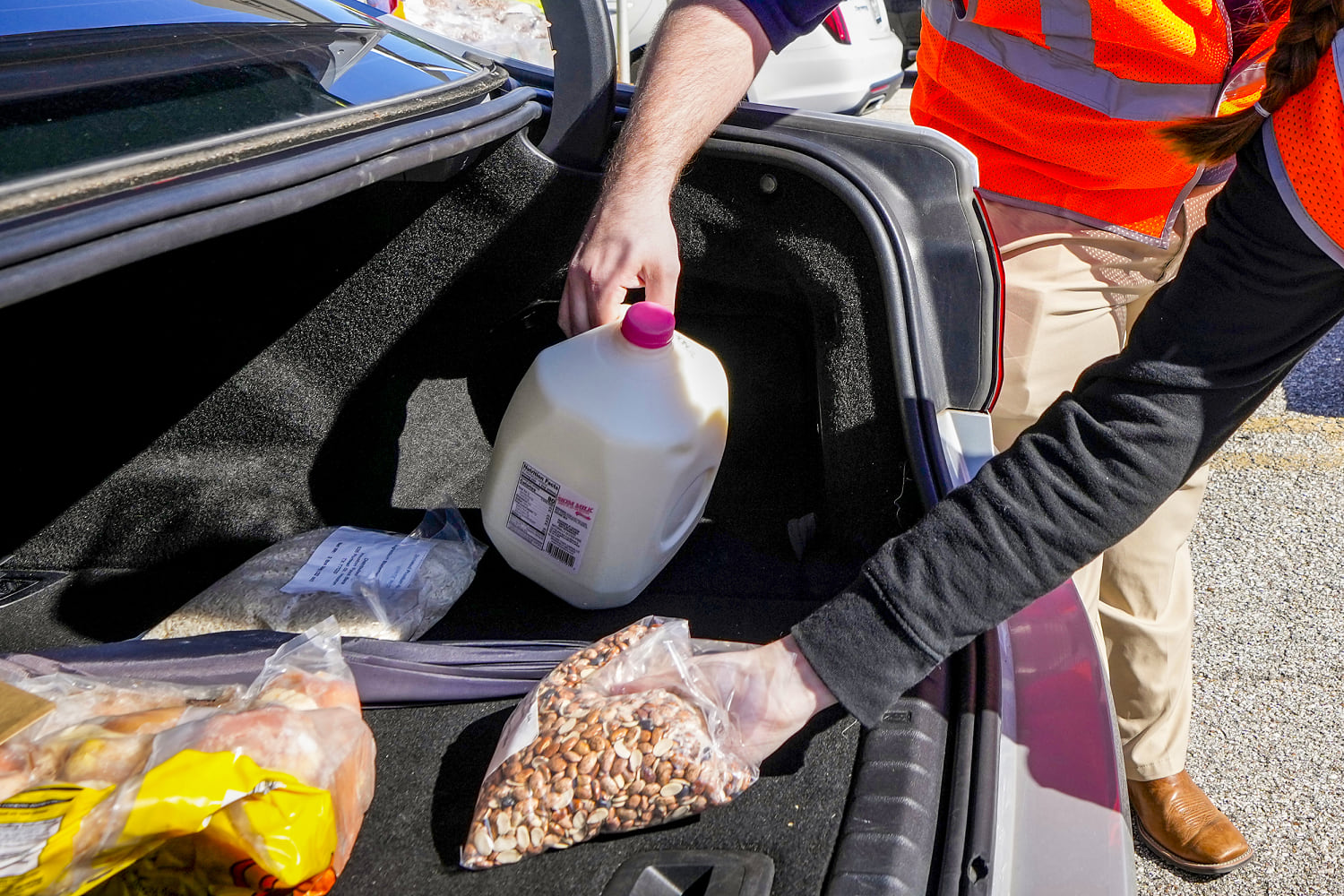To understand disaster recovery in the Caribbean, it’s useful to look at the 2010 Earthquake in Haiti or 2017’s Hurricane Maria in Puerto Rico. The history of colonialism, imperialism, and exploitation echoed throughout the recovery process in these cases. For example, Haiti was required to repay France for liberating itself from slavery. It is estimated that this payment prevented $20 billion of growth in the economy. In Puerto Rico, the island’s status as a U.S. territory and a Caribbean island presented confusion for the 50% of Americans who weren’t aware that the island was part of the U.S.
That being said, these vibrant communities also offered their own solutions and versions of resilience. Jamaica has been at the forefront of ensuring its ability to recover from a disaster. It was the first country to have every section of its local governments sign onto the Making Cities Resilient 2030 (MCR2030) initiative, a United Nations effort which seeks to build disaster resilience capacity and create networks of professionals in the field. It has also worked to secure its financial future by investing in catastrophe bonds; bonds whose payouts are triggered by verified central pressure readings on hurricanes and whose funds can be used to respond and recover from that hurricane.These measures provide funding in the hundreds of millions of dollars for disaster recovery. However, if initial assessments bear out, Jamaica is looking at billions of dollars in damage.
A consensus that formed amongst disaster researchers over decades is that real progress on mitigating and recovering from disasters can be achieved through addressing social vulnerabilities. Generally, the formula we give for a disaster is that a Hazard (a hurricane, or a flood, or an earthquake for example) plus a Vulnerability equals a disaster.
Vulnerabilities can be split into two basic types: physical and social. Physical vulnerabilities can be things such as low-lying land, landside-prone hills, or dry forests where wildfires are likely. Social vulnerabilities consist of things like income inequality, gender discrimination, and racial segregation.
To understand what this means in practical terms, consider the 2010 Haiti Earthquake and the 2011 3.11 Triple Disaster in Japan. The earthquake in Haiti was large at 7.o on the Richter scale. The 3.11 earthquake was larger still at 9.0 on the Richter scale. Keep in mind that the Richter scale is non-linear, meaning that a 9.0 is much stronger than a 7.0.
Despite this difference in relative strength, around 222,000 people died in the Haiti Earthquake, whereas nearly 20,000 people died during 3.11. Most of those deaths were not due to the earthquake, but rather in the resulting tsunami.
What can explain a less powerful earthquake resulting in many more deaths? This is where social vulnerability comes into play. Poverty, inequality, building standards, access to materials, capacity of the civil society, and legacies of colonialism can lead to more deaths. It is not that the physical environment doesn’t play a role, it is that the terrain that makes a substantial difference is a socioeconomic one.
The international community has been working to unravel the complexity of disasters in a formalized way for the last 30 years. Beginning in the mid-1990s, under the auspices of the United Nations, countries worked to generate a broadly accepted framework for responding to disasters.
The current iteration of this is the Sendai Framework for Disaster Risk Reduction, which incorporates this understanding of social vulnerabilities and calls on its signatories—of which Jamaica is one—to undertake a Build Back Better approach to post-disaster reconstruction.
Build Back Better calls for not just a return to the pre-disaster status quo, but a mitigation of social vulnerabilities through the recovery process. Build Back Better is not a perfect concept. It has its critics, myself included. Yet it is a step forward in understanding that simply reconstructing is not improving a community’s resilience to further disasters.
To rebuild from a disaster offers a chance to reconsider both the physical and social arrangements of a society. As Jamaica shifts from emergency response to recovery, change should come from the bottom up, be community-based and community-driven.
.png)
 13 hours ago
10
13 hours ago
10






























 Bengali (BD) ·
Bengali (BD) ·  English (US) ·
English (US) ·